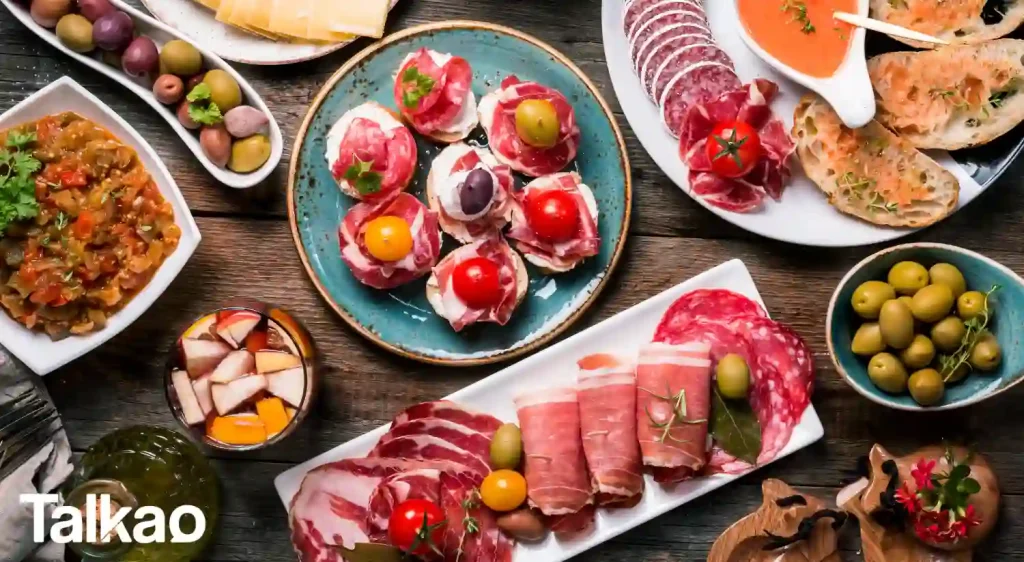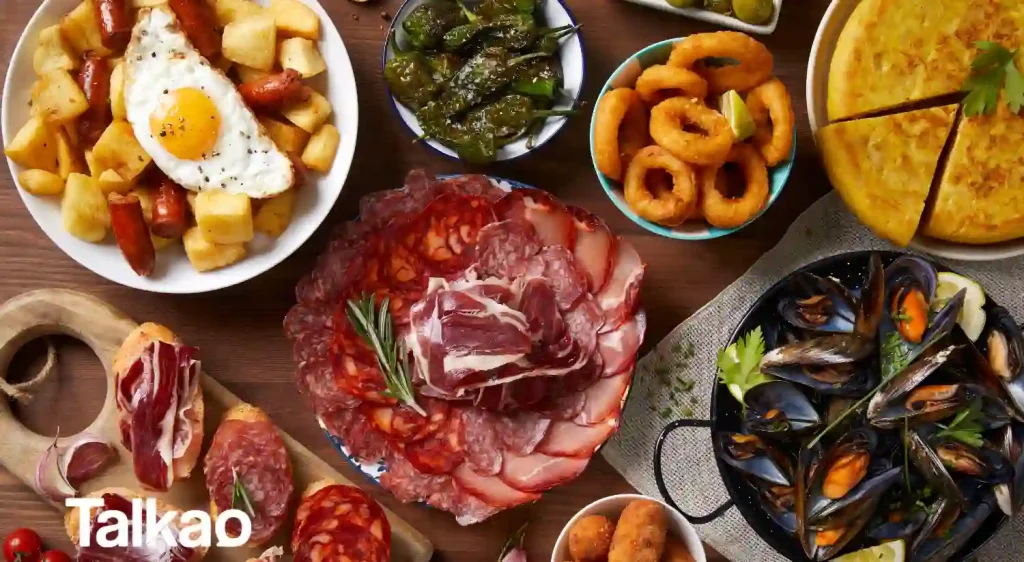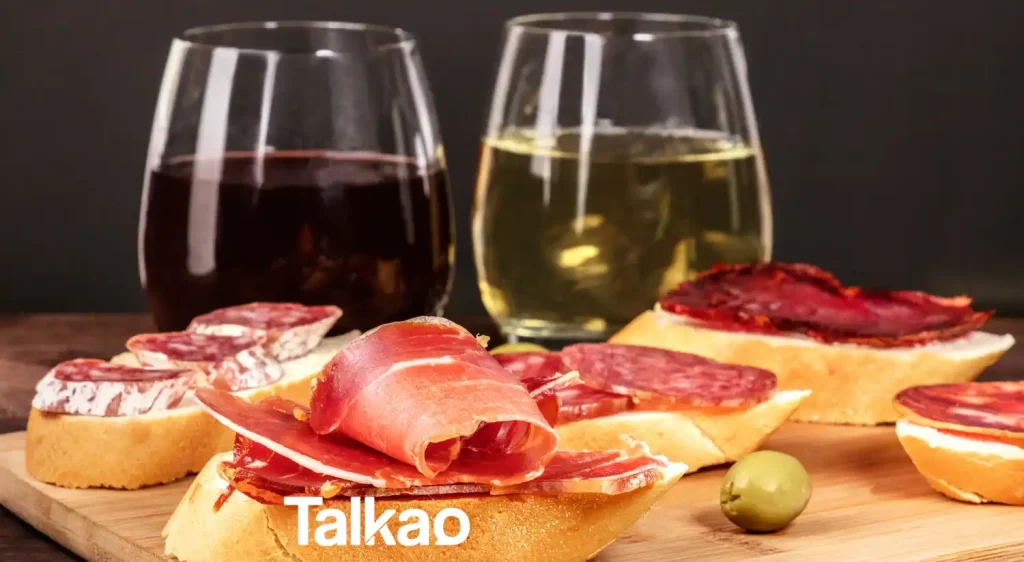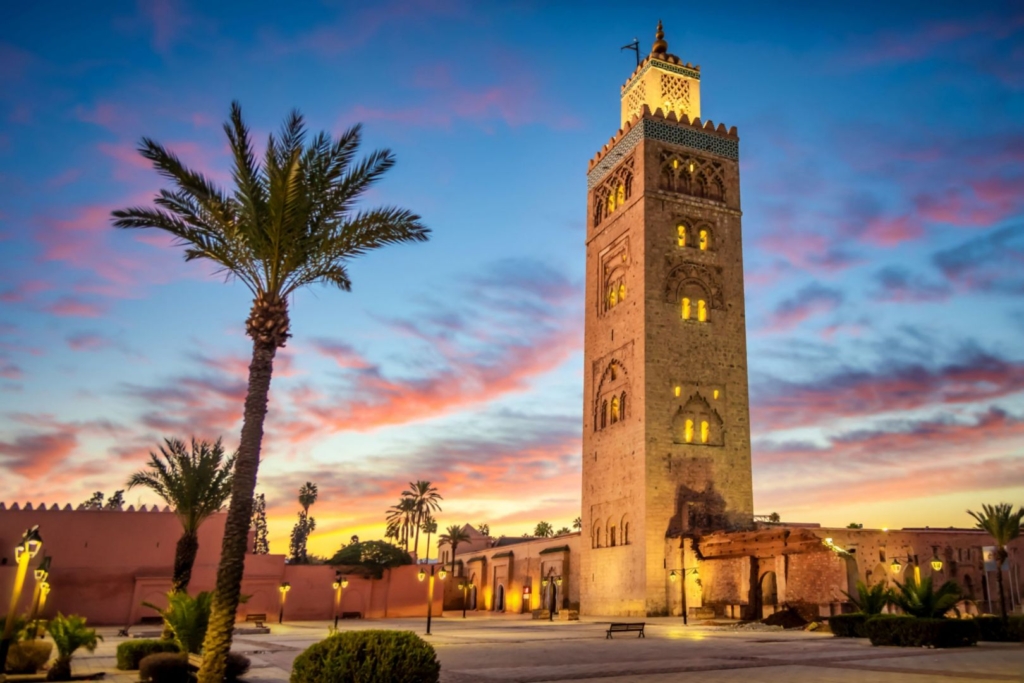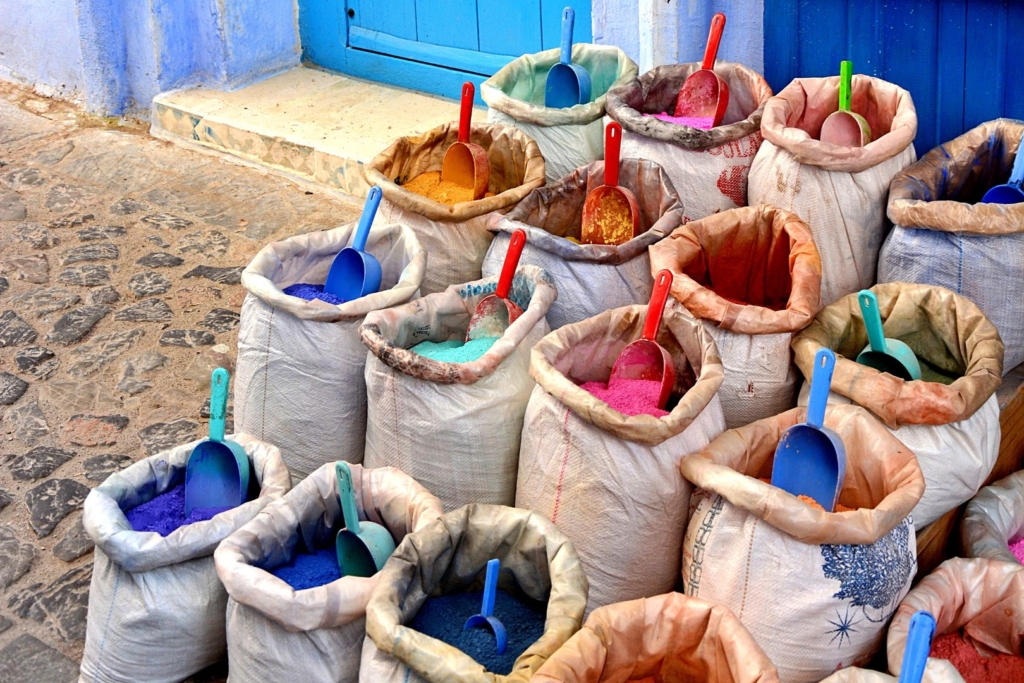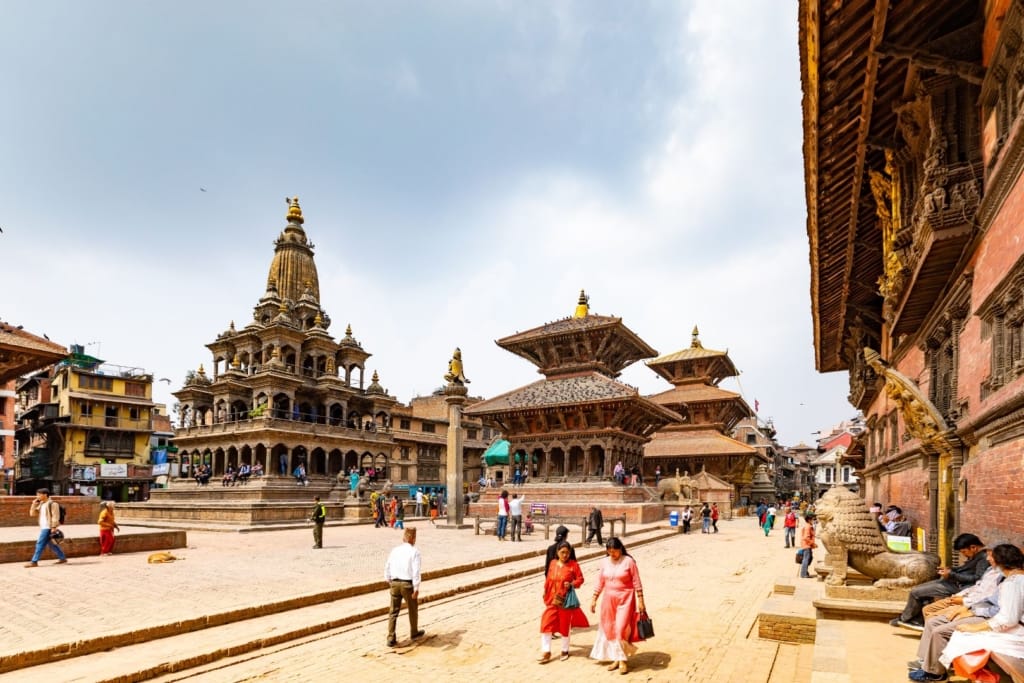Today, we’re diving into some fascinating linguistic curiosities that are sure to leave you amazed. One by one, we’ll explore how polyglots face many challenges before mastering a language. Along the way, we’ll enter a captivating world of discovery—filled with small yet powerful linguistic details we often overlook. We’ll learn more about language as a unique way of seeing the world, one that goes far beyond spelling or grammar rules.
Line by line, you’ll see how languages serve as a symbol of cultural identity, a source of belonging, and an undeniable social marker. Through these linguistic curiosities, we’ll uncover habits and expressions we use every day—without even realizing it. This journey will take us through features shared by all languages across the globe.
Finally, we’ll reveal how language can serve as a point of connection with others—a subtle yet powerful thread that links us with complete strangers.
Ready to begin? Let’s go!
The first of many linguistic curiosities: Some languages have no verb tenses
Let’s explore the first of our fascinating linguistic curiosities. You might be surprised to learn that some languages don’t conceive time as a linear concept. Why is this so intriguing? Because speakers of these languages don’t perceive the past, present, and future the way most of us do. For them, time isn’t an existential reference—it’s often considered irrelevant or even insignificant. This is one of the most striking language curiosities you’ll encounter when learning new tongues.
Think about this: one of the very first things we learn in most languages is how to conjugate verbs in the past, present, or future. But not all languages frame time the way you do. Mandarin Chinese, for example, doesn’t have verb tenses in the way we understand them. Instead of changing the form of a verb, speakers use particles or rely on context to indicate whether something happened in the past or will happen in the future. This can be a real challenge for learners coming from Indo-European languages, where verb conjugation is essential.
Asian and African languages without tense
But Mandarin is far from the only language without grammatical tenses. Across Asia, many languages lack traditional markers of time. Verbs are typically expressed in the present, and many have no temporal conjugations at all. These languages often don’t use time-related adverbs, and concepts like the gerund are nonexistent.
Languages like Vietnamese and Indonesian take these linguistic curiosities even further than Mandarin. And if we travel far from Asia, we find that some African languages also lack a sense of tense. Take Swahili, for instance—it doesn’t use time particles but instead relies on auxiliary verbs to convey timing.
Does this mean a Chinese or Indonesian speaker can’t track time? Not at all! They absolutely do—it’s just that they express “yesterday” or “tomorrow” differently than someone speaking English or Spanish.

Another fascinating linguistic curiosity: The language with the most words in the world
Right now, you might be racking your brain trying to learn hundreds of new words to boost your vocabulary. If you’re attending a language school, you’ve probably noticed how much emphasis is placed on vocabulary building. Without a doubt, this is one of the key tasks language teachers prioritize. But did you know that English is considered the language with the largest number of words?
Yes! According to the Oxford English Dictionary, the language of “Her Majesty” boasts over 600,000 registered words. Of course, not all of them are used in everyday conversations. So why does English have so many terms if most aren’t used regularly? The answer lies in one of the most interesting linguistic curiosities of English: its remarkable ability to absorb vocabulary from other languages.
Over the centuries, the expansion of the British Empire took English speakers across all five continents. There, they interacted with people from a wide variety of languages and cultures. Many of the words used by colonizers were quickly adopted into the core language. That’s why, when you learn English, you’re unlocking a global linguistic heritage.
Spanish, French, and Portuguese have their own richness too
If you think English vocabulary is overwhelming, don’t assume it’s the only language with such depth. Portuguese, for example, has around 450,000 words to master. French includes nearly 100,000 terms, and the Dictionary of the Royal Spanish Academy lists about 150,000 words.
Notice a pattern here among English, French, Portuguese, and Spanish? No? Let’s take a closer look. These four languages were the official tongues of the world’s most powerful empires over the past five centuries. During the European expansion of the late 16th century, ships from England, France, Spain, and Portugal sailed across the globe. In every port, colonizers had to find ways to communicate with native peoples—and when the perfect word didn’t exist, they simply borrowed it.
Through this centuries-long process of cultural exchange, these languages evolved, expanded, and enriched themselves in fascinating ways.
Spanish as a segregated language?
Here comes one of the most surprising linguistic curiosities: unlike English or French, Spanish is the only major language that formally distinguishes between native and non-native terms. In Spanish, we find what are called “Americanismos”—words that don’t come from the original Castilian root.
So, if you’re planning to learn Spanish, you’ll soon notice some subtle yet significant differences between the Spanish spoken in Spain and the varieties used in Latin America. Peninsular Spanish (from Spain) differs notably from the Spanish spoken in Mexico, Argentina, or any other Latin American country.
In a way, learning Spanish is like learning two languages in one—a unique linguistic curiosity not typically found in other languages, which often adopt foreign terms without making such clear distinctions. Even today, the Royal Spanish Academy (RAE) continues to highlight these differences as a way of preserving the original identity of the language.
Without question, this makes Spanish one of the most fascinating languages in the world.
The language with the most consonants and vowels
The indigenous language !Xóõ, spoken in Botswana, holds the world record for having the highest number of consonants. This language features over 80 consonant sounds, a stark contrast to most alphabet-based languages, which typically include around 20. But that’s just the beginning.
!Xóõ also has a vowel system so vast that it’s nearly impossible to fully grasp for non-native speakers. Its phonetic complexity includes clicks, tones, and rare articulations that make mastering the language a true phonetic challenge.
What’s more, many of the sounds in !Xóõ involve extremely intricate inflections that require trained vocal skills. Think of tongue clicks or tongue-larynx interactions—unusual for those unfamiliar with the language. So, if you’ve ever struggled to pronounce the Spanish “ñ,” the Portuguese “ç,” or the English “th,” you might want to reconsider your complaints.
Silbo Gomero: A whistled language
On the island of La Gomera, in the Canary Islands, there exists a unique form of Spanish known as Silbo Gomero. It stands out as one of the most fascinating linguistic curiosities. This version of Spanish transforms spoken language into whistles that can travel across long distances.
Recognized by UNESCO as Intangible Cultural Heritage of Humanity, Silbo Gomero is now taught in local schools, though few manage to master it. It’s a remarkable example of how humans adapt language to their environment, using sound to overcome geographic barriers.
A language turned cultural curiosity: Tyrolean
Another example worth exploring before diving deeper into languages is Tyrolean, a regional blend of German, Italian, and French. This dialect often uses high-pitched falsettos to achieve a similar purpose as Silbo Gomero: communicating across steep alpine slopes.
Living in such a rugged terrain made communication difficult, so locals developed an efficient system of vocal projection. Today, Tyrolean remains confined to this mountainous region, but you’ve probably heard the distinctive “yodeling” sound, also known as orelílu, which traces back to this cultural curiosity.
Some languages distinguish what you can’t even see
In certain Indigenous Australian languages, like Guugu Yimithirr, speakers don’t use terms like left or right. Instead, everything is described using cardinal directions: north, south, east, and west. That means you need a constant awareness of your surroundings—you literally can’t describe where something is unless you know where north is.
This type of linguistic structure shapes how speakers perceive the world. It’s one of those fascinating language curiosities that ties into the way we experience time, as mentioned earlier. What may seem obvious to you—like left and right—isn’t universal. Ask yourself: can you point to the west or south right now without hesitation?
Languages with vertical or unconventional writing systems
One of the most curious linguistic curiosities is the way we read and write. While most modern languages follow a left-to-right script, there are some interesting exceptions. And these don’t just change how you read a book or write a note—they affect your entire cultural orientation. It’s like switching from driving on the right side of the road to the left.
Languages like Arabic and Hebrew are written and read from right to left. If you ever pick up a book in one of these languages, it might seem like it’s backward. On the other hand, Traditional Chinese (in its classical form) can be written from top to bottom, as can traditional Japanese.
Meanwhile, Classical Mongolian is written vertically from top to bottom, but the columns go left to right. These variations show just how deeply culture influences the physical representation of language.
Untranslatable words with deep cultural meaning
This topic is so fascinating it deserves an entire post of its own. But let’s introduce it briefly: some words simply can’t be translated—at least not without losing some of their depth or nuance. If you’ve studied languages, you’ve probably encountered terms that don’t have an exact equivalent in your native tongue.
Why does this happen? Often, these words express deeply rooted emotions, values, or cultural experiences that are unique to a specific society. Here are a few beautiful examples:
- Saudade (Portuguese): A nostalgic melancholy for something or someone that is no longer present. It’s not quite the same as “missing” someone—it’s a mix of longing, sorrow, homesickness, and quiet despair.
- Wabi-sabi (Japanese): Not the green wasabi paste! Wabi-sabi is an aesthetic philosophy that embraces the beauty of imperfection and transience.
- Tingo (Rapa Nui): The act of borrowing things from a friend’s house one by one until there’s nothing left. It’s not stealing, nor is it borrowing in the usual sense—it’s just “tingo.”
These words showcase the emotional and philosophical richness that some languages can convey in a single term.
Modern linguistic curiosities: Artificial languages that gained popularity
Let’s talk about constructed languages, like Esperanto. Not all languages evolved naturally over centuries. Esperanto was created by L. L. Zamenhof in the 19th century as a universal auxiliary language. While it never became the global language it aspired to be, today it has thousands of speakers—even native ones—and is widely considered the most successful artificial language ever created.
Another example is Klingon, developed specifically for the Star Trek series. With millions of fans worldwide, this fictional language became a cultural icon. It’s so popular that a Klingon Language Institute exists to certify fluent speakers.
But Esperanto and Klingon aren’t the only constructed languages out there. Morse code, Volapük, and Quenya (from The Lord of the Rings) are also examples of non-evolutionary languages. These languages prove that human communication isn’t always the result of slow anthropological development.
And if you’ve got teenagers at home, you probably already know how complex language can get—especially when trying to decode the ever-changing digital slang of younger generations.
Multilingualism and the human brain
Neuroscience studies have shown that polyglots develop a higher density of gray matter, especially in areas of the brain responsible for executive control and memory. Learning multiple languages doesn’t just improve your communication skills—it also brings powerful cognitive benefits, such as delaying the onset of Alzheimer’s disease and enhancing concentration. The more languages you learn, the more you train your brain.
That’s why many experts believe that learning a third language becomes “easier.” This doesn’t mean the language itself is simpler or less complex. What happens is that your brain begins to activate new neural connections that only come to life through language learning. And this is why each new language is learned faster and with less effort. The best part? There comes a point where learning a new language takes months, not years—one of the most fascinating language-learning curiosities.
Language evolves faster than you think
You might be surprised to learn that the English we speak today is very different from the English spoken just 100 years ago. As some words fall into disuse, new terms are constantly entering the language, especially borrowed from English. Neologisms, too, play a major role in this evolution. Social media, globalization, and cultural change have all accelerated the transformation of modern language.
That’s why being a polyglot also means staying up to date—not just with grammar, but with the cultural evolution of language itself.
Still, some languages are more open, flexible, and quick to adapt. Spanish, largely due to the influence of the Royal Spanish Academy (RAE), is one of the slowest languages to modernize. The goal of “preserving the language” tends to slow down innovation. A group of very senior, highly literary, and intellectual scholars serve as guardians of the language, which delays its dynamism. On the other hand, these guardians have ensured the purity and stability of Spanish for centuries.
Everyone has a different opinion about the role of the RAE in shaping the language. And that brings us to a very interesting topic…

Academic learning vs. street learning: That is the question
As we’ve seen, Spanish has its own guardians: the Royal Spanish Academy (RAE). But these linguistic curiosities aren’t exclusive to the language of Cervantes. French, for example, has a similar academy, while other languages are more “free.” So, which approach is better? There’s no clear consensus. Some argue that such institutions restrict the modernization of language, while others believe language should be preserved as an intangible cultural asset.
This leads to an age-old question: Should you learn a language through formal education or pick it up on the street? If you’ve ever done a language immersion program, you know exactly what we mean. What you learn in the classroom often differs greatly from what you’ll hear on the next street corner.
What’s the best approach?
The ideal option is to combine both methods. Learn the correct grammar, spelling, and structure in a classroom setting, and then apply that knowledge in real-life situations. This approach allows you to adapt your speech depending on the context. After all, you wouldn’t speak to a friend the same way you would during a formal presentation or academic talk.
Regardless of how you choose to learn, Talkao’s translation tools are your best allies. With voice translation, text translation, and AI-powered apps, you can practice more than 125 languages both academically and informally. It’s a practical, easy, and adaptable way to learn languages, whether you’re traveling, in class, or navigating your daily routine.
Downloading the apps is simple—you don’t need special equipment or any technical knowledge. The technology is user-friendly, intuitive, and highly customizable, making it a must-have resource for language learners at any level.

